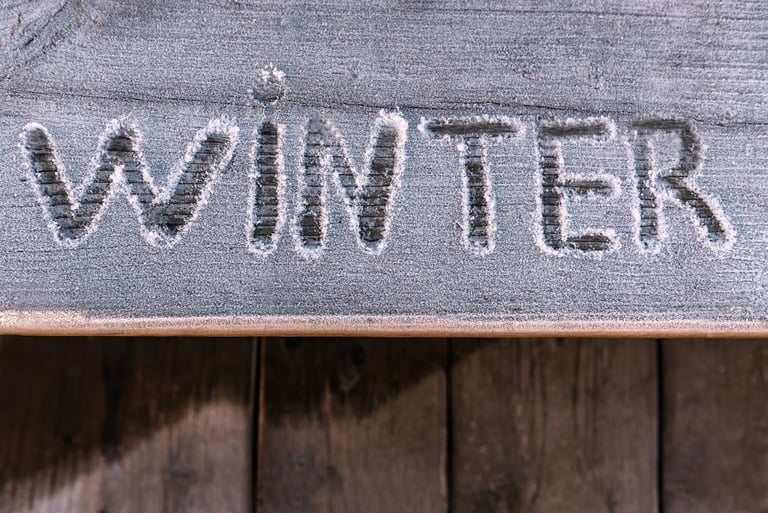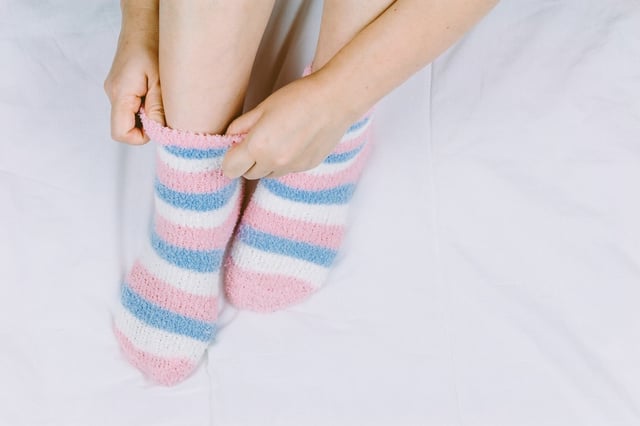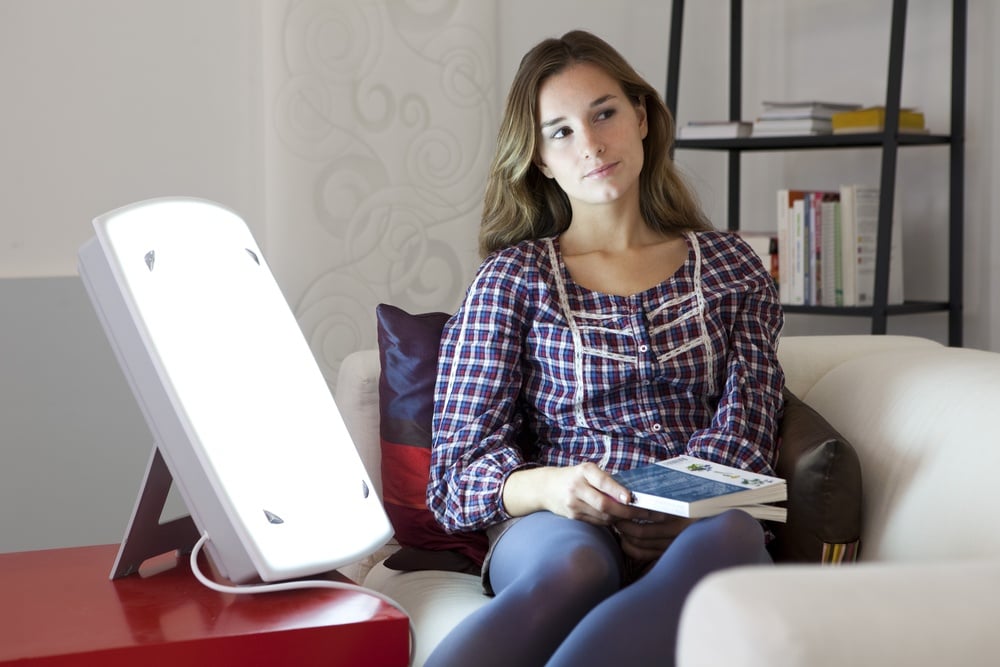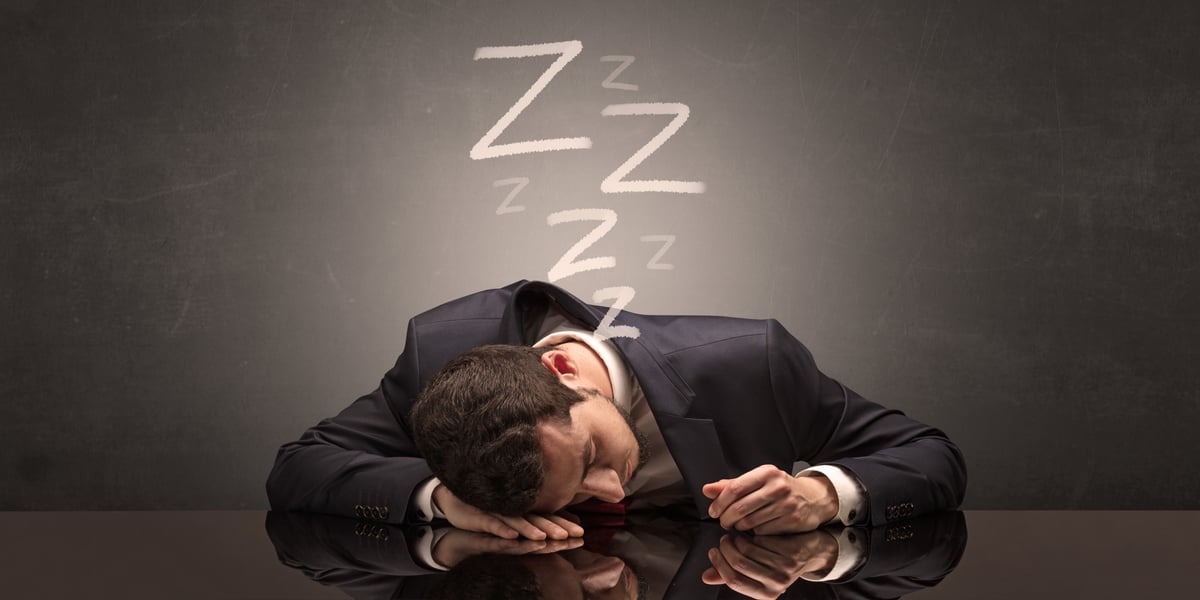
Although winter does not officially arrive in the Northern Hemisphere until December 21, nighttime temperatures have dipped plenty over the last month. Even in cities with mild climates like Seattle, the average daily temperatures (from 61˚F down to 41˚F) drop almost 40% from their summer highs, while rainy days nearly quadruple from July to December.
Of course, in such a geographically large country like the United States, there is a huge variety of “cold” winter temperatures: Miami, Florida shivers in its winter lows of 62˚F, while residents of International Falls, Minnesota, deal with subzero temps for nearly 200 days a year. The title of coldest city in the USA goes to Barrow, Alaska, which boasts an average annual temperature of just under 12˚! (That’s Fahrenheit, not Celsius. Brrrrr.)
No matter where you live, sleep scientists generally agree upon one thing: for the best possible sleep, the temperature of your bedroom should always fall between 60 and 72 degrees.
Physiology of Sleep Temperatures
The human body has a natural thermostat, regulated by our autonomic nervous system. This ancient brain structure works way below conscious thought, handling all the myriad tasks of running our bodies, such as breathing, digestion, and regulation of our internal body temperatures.
Right around bedtime, this natural thermostat dials itself down slightly, giving your body a subtle cue that it’s time to go to sleep. (A smaller dip in body temperature also occurs in the early afternoon, corresponding with the classic “lunch slump.”)

Your body maintains this lowered internal temperature all night long, only coming back to regular waking levels just before you get up for the day.
Of course, every person’s individual sleep temperature will be different. In general, though, your personal internal thermostat will have the easiest time maintaining your optimal sleep temperatures when your bedroom is between 60 and 72 degrees Fahrenheit.
Temperatures at the lower end of this range have been associated with deeper, more restful sleep, possibly because your body will have an easier time regulating its internal ideal setpoint temperature in a cooler bedroom.
However, if the room temps lie outside that range, studies show your sleep quality is likely to suffer.
Too Hot? Too Cold? It's All the Same to Your Body.
Too hot or too cold, they are both the same when it comes to the negative effects of room temperature on your sleep. Unless the room temperature is within that optimal sleep range of 60 to 72 degrees Fahrenheit, your body’s internal thermostat will struggle to keep your core temperature at its sleep-optimal level.
Although the subjective sense of discomfort is very different between cold and hot rooms, the effects on your sleep may include:
- Restless, unrefreshing, unsatisfying sleep.
- Interrupted sleep.
- Constant waking in the middle of the night.
- Inability to achieve REM Sleep. REM (rapid eye movement) sleep is the deepest, most restful phase in a sleep cycle. In fact, waking a sleeper from REM sleep can be very difficult! During REM sleep, you experience your highest brain activity, higher brain metabolism, and most active dreams. REM sleep is so deep that it virtually eliminates all body movement. Some studies indicate REM sleep is essential for proper brain function, and that a lack of REM sleep can lead to much more serious conditions, including elevated blood pressure, inability to concentrate, and even hallucinations.
Things That Make You Too Hot to Sleep
In addition to simple outside and bedroom temperatures, other variables that may make you too hot to sleep well include:
- Being highly athletic. Athletes tend to have higher core body temperatures, due to their bodies’ higher ratio of muscle to fat.
- Eating a large meal right before bed. The process of digestion generates significant heat within the body, which will make your nightly internal temperature drop more difficult for your body to maintain.
- Memory Foam. Whether a pillow or mattress or pad, memory foam tends to retain heat. The material’s ability to conform exactly to your body exaggerates this issue.
Fortunately, cooling your bedroom to the 72-degree maximum recommended temperature is easy. Fans and air conditioning are the best options. Other ways to cool down your body to sleep-optimal temperatures include the use of temporary cooling devices, such as gel pads, and replacing your bedding with breathable, ultra-light sheets and blankets.
The Best Ways to Sleep Warm in the Cold
It is much easier to help your body’s internal thermostat in a cold room (such as in Barrow, Alaska, with a daily average of 11˚ Fahrenheit!) than in a hot one. Interestingly, all of the basic tips and tricks to achieve cozy, comfortable sleep in cold weather have not changed at all throughout human history! 
- Keep your feet warm.
Cold feet have defined nighttime misery in every civilization, from the freezing caves of prehistoric humans to General Washington’s troops at Valley Forge to the bone-chilling wet of February in Seattle. The cure for a cold, sleepless night has always begun with warm feet.
Physiologically speaking, toasty toes actually help to dilate your blood vessels more quickly, assisting your internal thermostat in achieving and maintaining its ideal sleep setting. Keeping one’s hands warm may also achieve the same effect, as both hands and feet are rich in blood vessels that will carry heat quickly through the body.
Whether you wear socks, use a hot water bottle, or slide a hearth pans freshly warmed in the embers of a Revolutionary-War-Era wood-burning fireplace, all these tools will keep your feet warm, and make your sleep better.
- Sleep under layers of blankets.
Rather than using a single blanket, layer a thin top sheet, a light cotton blanket, and a medium to heavyweight down comforter over you at night. This will let you adjust easily if you get too hot or too cold.
If you live in a dry climate, the use of a humidifier can help prevent your nasal passages from drying out during sleep hours. The discomfort that comes from an overly-arid nose, mouth, and throat can prevent you from achieving restful sleep.
Overall Tips for Better Sleep
No matter what season, the following tips are always applicable in helping you get to sleep and to stay asleep all night long.
- Keep to a regular sleep-wake schedule. Sleep hygiene is critical!
- Exercise regularly.
- A warm bath an hour before bed will assist the natural nighttime drop in body temperature, boosting your body’s physiological cues to get to sleep.
- Dim your lights.
- Avoid using brightly-lit electronic devices in bed, such as smartphones, tablets, and game devices.
And remember: staying warm is only part of the battle. Adjusting to seasonal sleep changes is also about staying awake in the daytime, seeking out light therapy if you need it, staying on top of fall/winter allergies, and keeping your room humidified. By keeping yourself healthy, happy, hydrated, and warm (but not too warm!), you'll increase your chances of getting a good night's sleep












Leave a comment